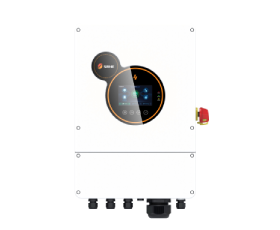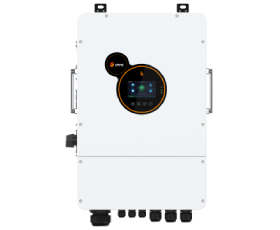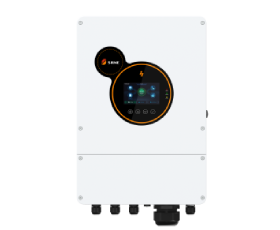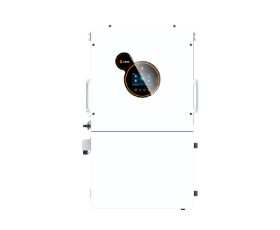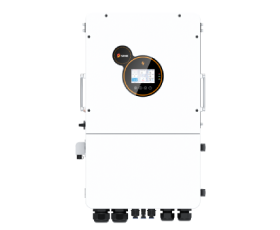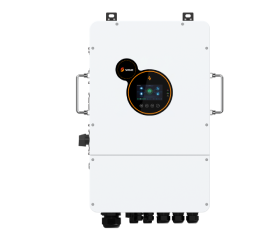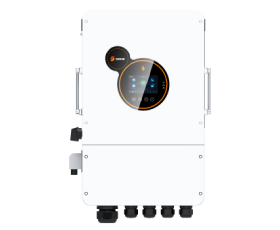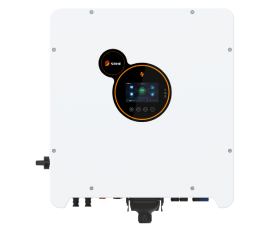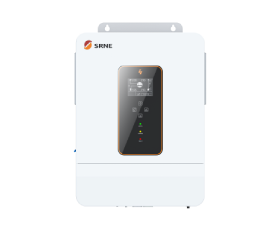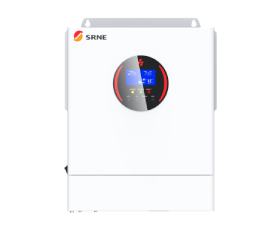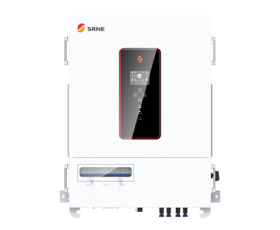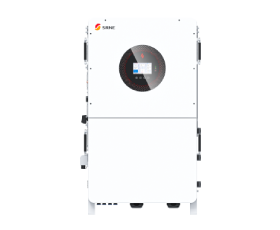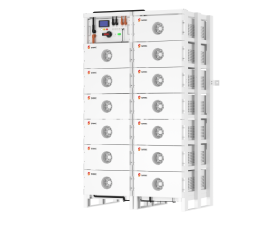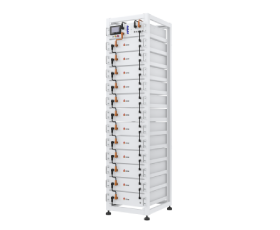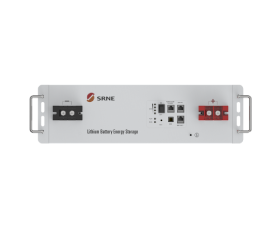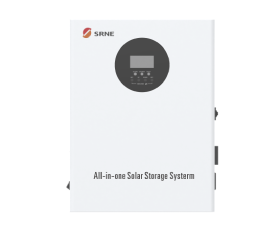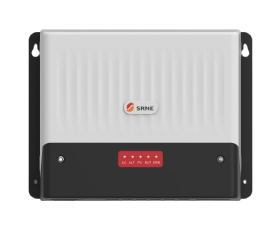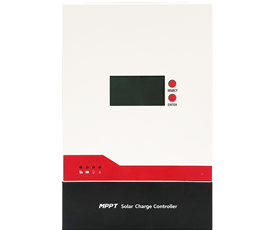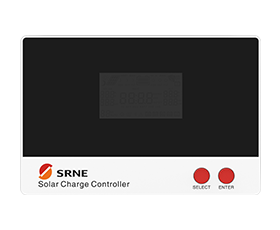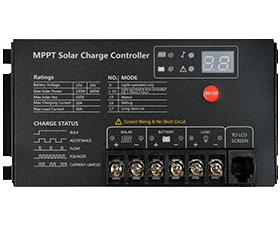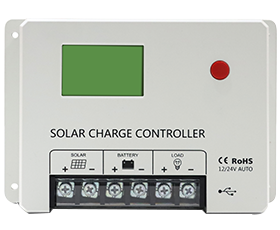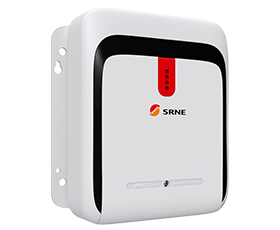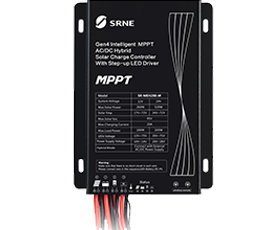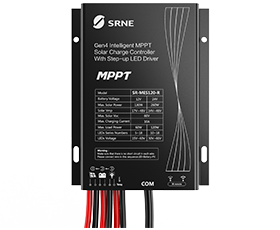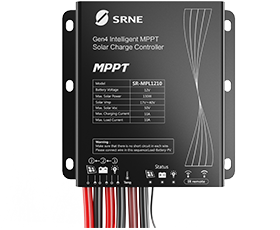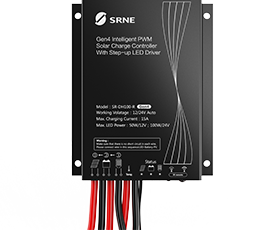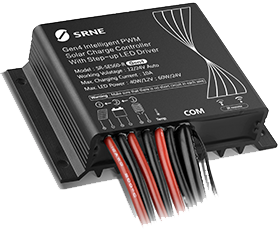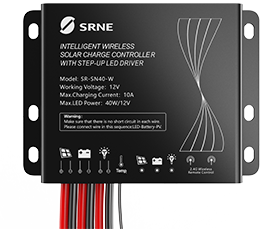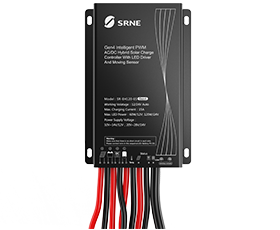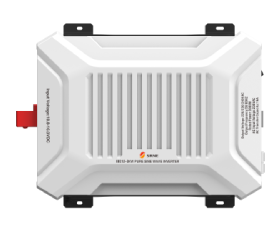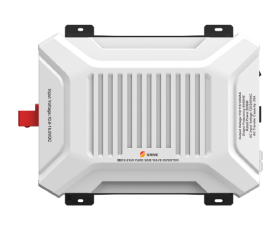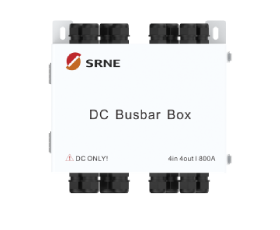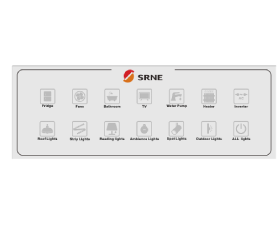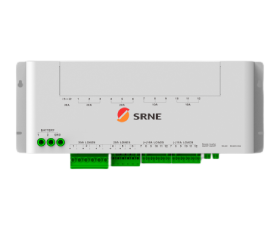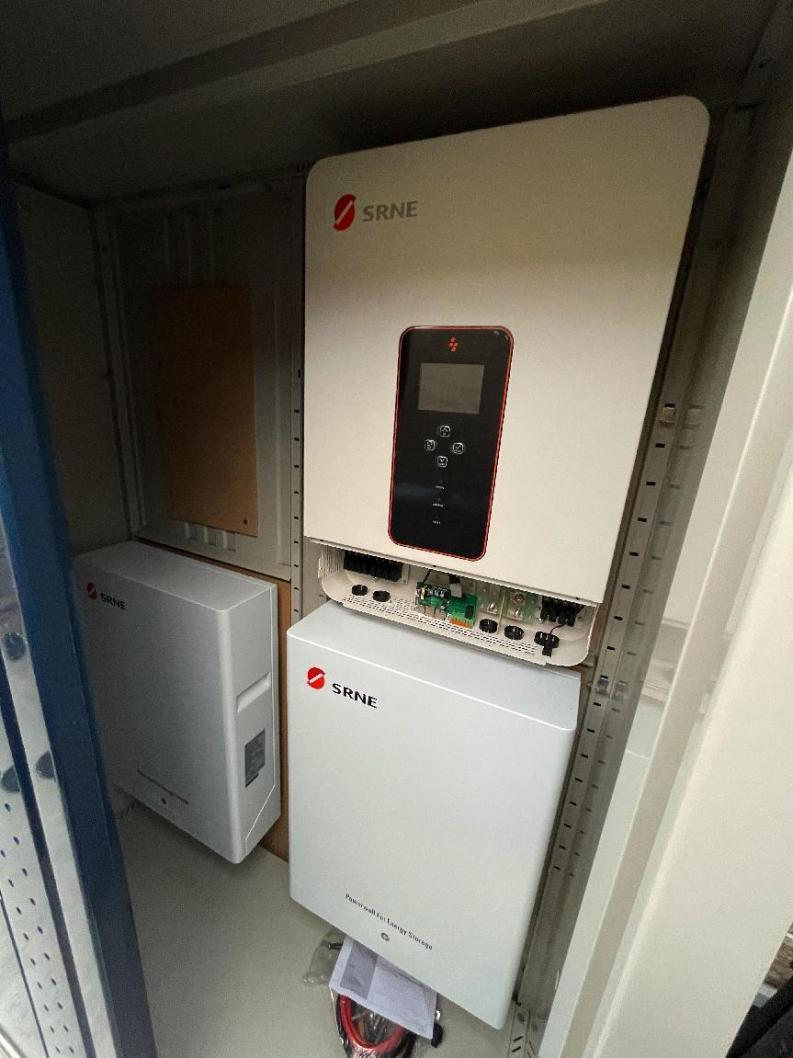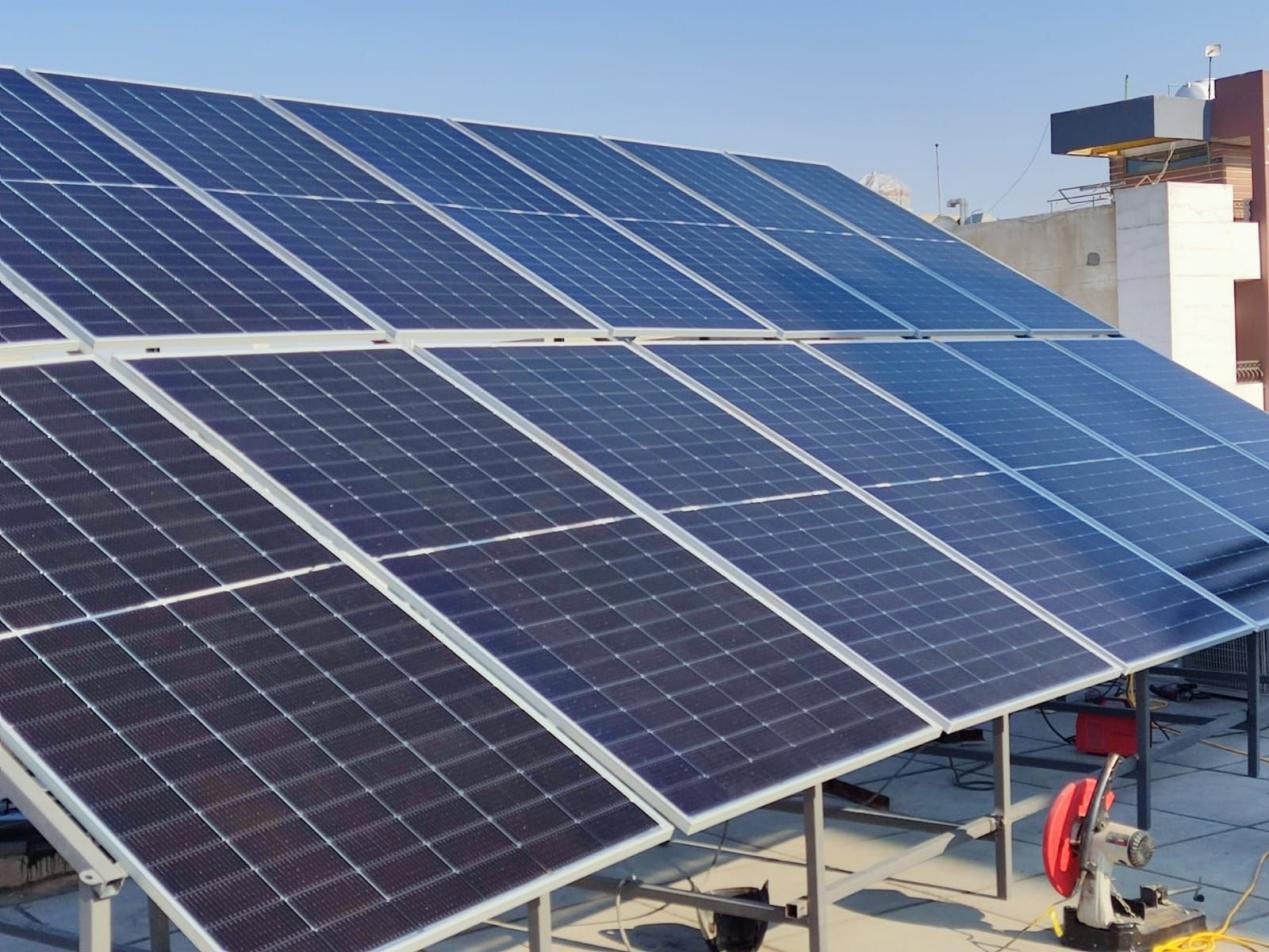Maintenance Checklist for Home Power Inverters: Ensuring Longevity and Reliability
Home power inverters are critical components of modern energy systems, particularly in households that rely on renewable energy sources such as solar power. These devices convert the direct current (DC) generated by solar panels into alternating current (AC) used by household appliances. To ensure that your home power inverter continues to operate efficiently and to extend its lifespan, regular maintenance is essential. SRNE provides a comprehensive maintenance checklist designed to help you keep your inverter and its associated energy system running smoothly.
What are the basic components of inverter and solar maintenance?
To ensure optimal performance and longevity of your solar inverter, it's important to implement a comprehensive maintenance plan that covers all key components. Understanding the critical aspects of solar inverter maintenance can help you develop an effective strategy to maintain the functionality and reliability of your system.
How to clean and maintain the exterior of the inverter?
Regularly cleaning the exterior of the inverter is crucial for preventing dust accumulation, corrosion, and other forms of damage. Use a soft brush or cloth to remove dirt and debris from the surface, paying particular attention to ventilation openings and cooling fans. Avoid using harsh chemicals or abrasive materials that could scratch or damage the inverter's casing.
Why is it essential to inspect connections and wiring?
Loose or corroded connections can lead to voltage drops, increased resistance, and overheating, which can reduce efficiency and potentially damage the inverter. Regularly inspect all electrical connections, including DC and AC terminals, junction boxes, and grounding points. Tighten or replace any loose or damaged connections as necessary. Ensure that wiring is properly routed and secured to prevent chafing or strain on conductors.
Battery and inverter Maintenance
For systems that include batteries and inverters, such as hybrid solar inverter, battery maintenance is crucial. Over time, batteries can degrade, impacting the overall system efficiency. Regularly assess the health of the batteries, checking for signs of reduced capacity or physical swelling. Depending on the type of battery used, specific maintenance tasks, such as equalizing charges for lead-acid batteries, may be required. Timely replacement of aging batteries is key to maintaining system reliability.
When should solar inverter maintenance be performed?
Maintaining a regular maintenance schedule for your solar inverter is critical to ensuring the efficiency and longevity of your solar power system. Knowing when to perform maintenance tasks can help you proactively address potential issues and prevent costly failures.
What are the recommended maintenance intervals?
The frequency of solar inverter maintenance largely depends on factors such as climate, system size, and manufacturer recommendations. However, as a general rule, it is advisable to perform routine maintenance at least every six months. Additionally, scheduling a maintenance check after extreme weather events or if you notice any abnormalities in system performance is crucial.
Are there specific signs that indicate maintenance is needed?
Yes, there are several signs that your solar inverter may need maintenance. These include unusual noises such as buzzing or clicking, abnormal fluctuations in energy production, or error messages displayed on the inverter interface. Regular monitoring of system performance and staying alert to these signs can help you identify maintenance needs promptly.
How does climate affect maintenance frequency?
Climate plays a significant role in determining the frequency and type of maintenance required for solar inverters. For example, in regions with high temperatures or frequent dust storms, the inverter may need more frequent cleaning and inspection to prevent overheating and performance degradation. Conversely, in areas prone to heavy rainfall or high humidity, issues related to moisture, such as corrosion, may require additional maintenance measures.
Common Issues
Even with regular maintenance, home power inverters may still encounter problems. Common issues include overheating, error codes, or a decline in performance. Overheating might be caused by blocked ventilation or dust accumulation, while error codes typically indicate specific issues within the inverter or its connected components. Understanding these problems can help you take swift action.
When to Seek Professional Help
Some issues require professional intervention, especially when dealing with complex electrical systems or noticeable declines in performance. If the inverter consistently underperforms, displays persistent error codes, or shows signs of physical damage (such as battery swelling), it’s essential to contact a technician. Prompt professional repairs can prevent minor problems from escalating into costly failures.
Conclusion
Regular maintenance is crucial to ensuring the longevity and reliabilityof home power inverters. By following this maintenance checklist, you can keep your inverter and solar energy system in optimal condition, maximizing efficiency and minimizing the likelihood of unexpected failures. Whether you are using a standard inverter or a more complex hybrid solar inverter system, regular maintenancecan help you make the most of your renewable energy investment, and SRNE's inverters come with a comprehensive repair and maintenance warranty to ensure you have a good experience.





















